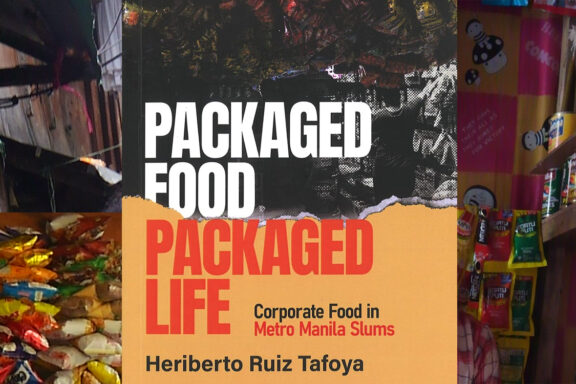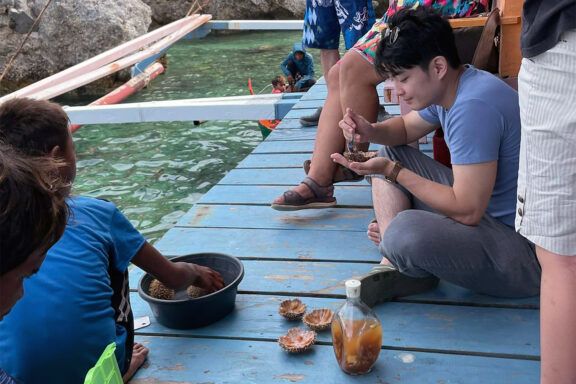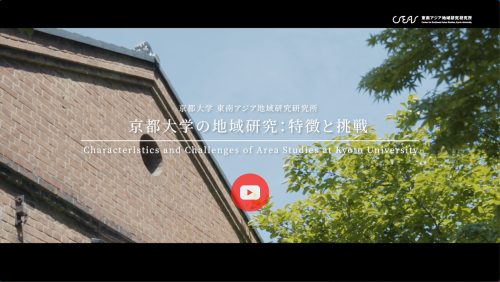Zenta Nishio
(Philippine Studies, Cultural Anthropology)
The edited volume 現代フィリピンの地殻変動 [Gendai Firipin no Chikaku Hendo], or “The Great Transformation of Contemporary Philippines,” was published by Kadensha in March 2023. This book grew out of countless conversations among young researchers, including myself, who conducted research in the Philippines during the 2010s. At the book launch held on August 8, people from diverse backgrounds gathered and responses were exchanged. Like the conversations that led to this book, the discussions were not limited to academia and transcended disciplinary boundaries, covering anthropology, political science, agriculture, urban studies, and more. In this essay, I would like to give a brief introduction to the book, expanding on the concept of intimacy by way of highlighting some of the chapters that discuss it.
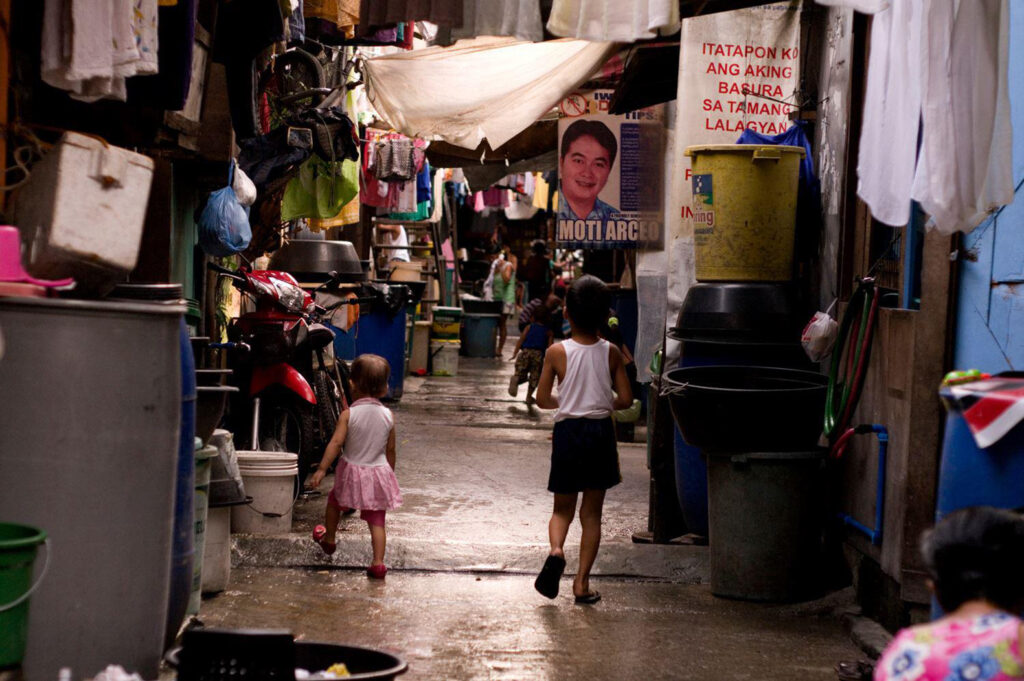
The Philippines, once called the “sick man of Asia,” experienced a dramatic transformation during the 2010s, recording an annual average economic growth rate of 6 percent. Advanced social welfare systems were also initiated, seemingly steering the country toward becoming a “decent” society. However, after becoming president in 2016, Rodrigo Duterte embarked on a drug war that resulted in the extrajudicial killing of thousands of individuals. How should we understand the tumultuous 2010s in the Philippines, which cannot be judged in black and white? The book examines this time in Philippine society through two main lenses. In Part 1, “Desire for Formality,” the authors investigate the modernization of political institutions by focusing on the changing nature of corruption, political monopolization by dynasties, and non-modern agriculture, features long discussed as characteristic of the Philippines. Noting progress in modernizing and “de-personalizing” institutions, Tamiki Hara writes in his introduction, “Understanding Philippine Politics in the 2010s: Towards Social Democracy,” that the Philippines is indeed on a social democratic path.
Part 2 of the book, entitled “Troubling Intimacy,” highlights less obvious changes that have been occurring since the 2010s, especially in the realm of social relationships. In his introduction, “New Age Filipinos: Why Do They Seek ‘Discipline’?” Wataru Kusaka notes how the Philippines has been a “society that survives poverty through relationships.” Indeed, when visiting the country, one is invariably struck by the tightly woven relationships among people. This intimacy is one of the reasons that “de-personalizing” institutions has proven difficult for so long in the Philippines, but this was also forced to change in the 2010s.
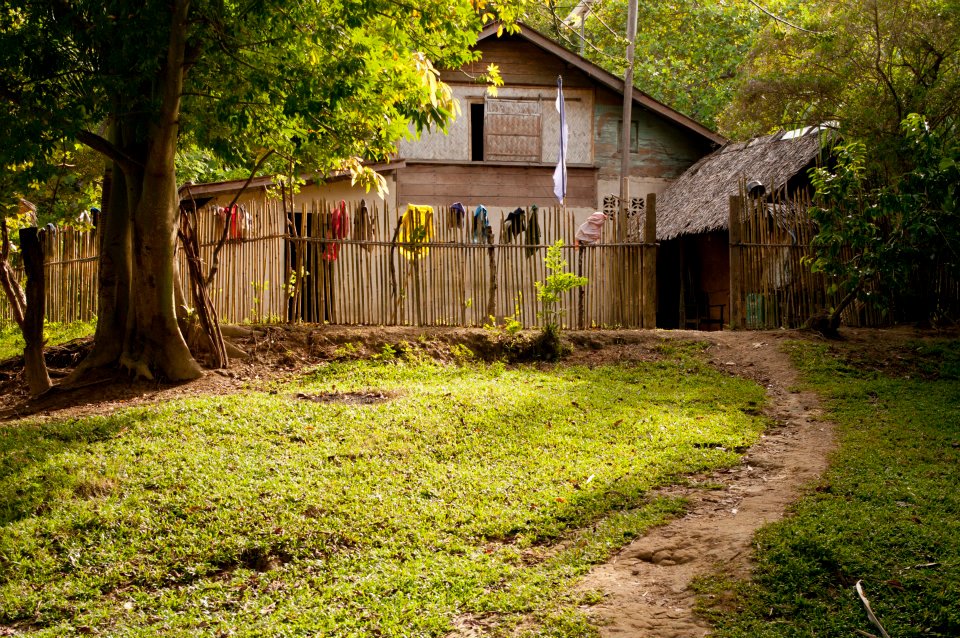
The ubiquitous nature of this intimacy makes it difficult to capture, but the authors of Part II, Yumeno Tagawa, Yuya Iida, Asuna Yoshizawa, and Yuko Kubo, have an intense commitment to studying this most critical realm in the Philippines. In Chapter 7 (The Plurality of “Intimacy”: Labor Worlds of Call Centers and KTV), Tagawa and Iida discuss the violent aspects of intimacy as it confronts global capital. In investigating Manila as a once-frequent destination for prostitution tours from Japan, they note that while sex work is work, intimacy is also exchanged. Intimacy is also central to today’s rapidly growing service industries in the Philippines, such as call centers. In Chapter 8 (“Slow Violence Against the OFWs’ Body: Probinsyano’s Pain in the Migrant Workplace”), Iida, who conducts field research on overseas Filipino workers (OFWs) supporting Japanese agriculture, sees the intimacy among colleagues as a daily source of care, yet also recognizes the vulnerability it creates in exploitative situations. He notes how intimacy is used as a service commodity that is embedded in the economy often as uncompensated acts. The commodification of intimacy, or its economic enclosure, supports the prosperous economic growth of the Philippines.
In contrast, Yoshizawa and Kubo explore how intimacy remains beyond enclosures of any type. Returning to the field after the COVID-19 travel restrictions, Yoshizawa describes how when asked for her passport at the airport, a sudden and intimate monologue ensued from the staff: “You’re 3X years old, right? I’m also 3X years old!” Yoshizawa investigates this “unenclosed” intimacy in Chapter 9 (“‘Lihok’ as Response to Others: Contemporary Philippines Coexistence and Divide from the Daily Lives of Former OFW”), using the Visayas concept of lihok to describe how “Filipino intimacy is overflowing without any intention or purpose.” In Chapter 10 (“Consumed Future, Settling Past Dawn: Experiences of Loss during Pregnancy and Women’s Responses”), Kubo discusses the care given to a fetus by women who have experienced miscarriage or abortion. In the Philippines, which is predominantly Catholic, abortion is considered an evil and a sin. Thus, social norms rooted in Catholicism exclude the experience of grieving the loss of a fetus because it is not recognized as a social entity. Kubo finds care in the small things that women do to cope with this experience, such as keeping the towel that wrapped the fetus. The intimate relationship they try to establish with the fetus, and the intimate acts they perform despite being enclosed by religious norms, offer an alternative to enclosure.
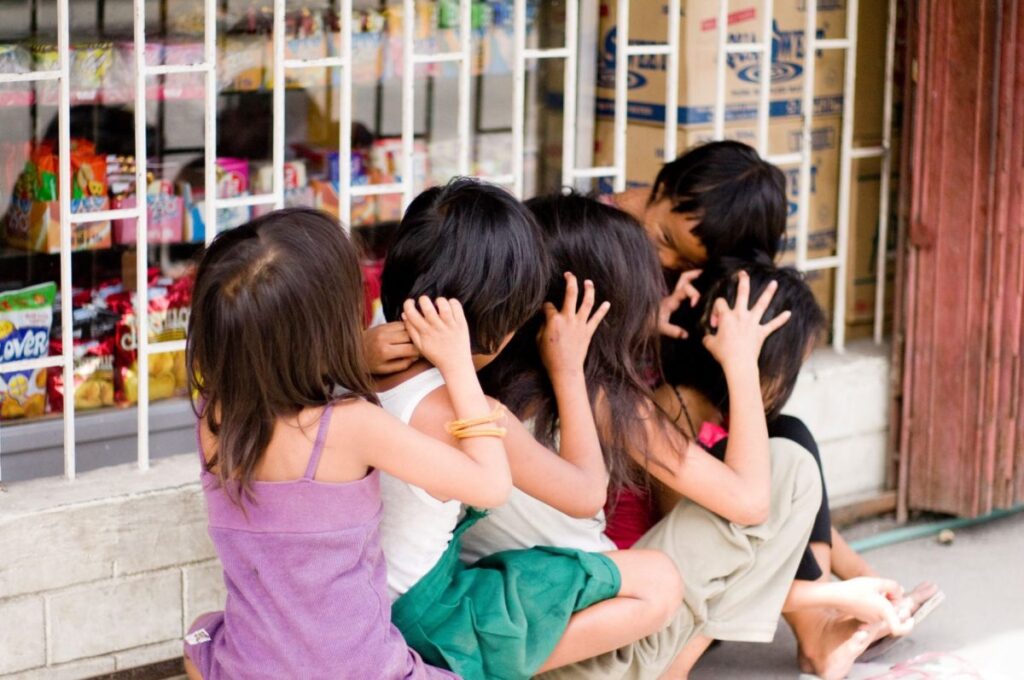
Photo by Zenta Nishio
We titled our book launch meeting “Toward engagement and correspondence with Areas” because we hope that this book will initiate further conversations, discussions, and responses. This first meeting was a space for academic questions, candid thoughts, inquiries with a sense of purpose, and the articulations of undergraduate students newly entering the academic world. We strongly feel the need to continue such conversations and look forward to future correspondence.
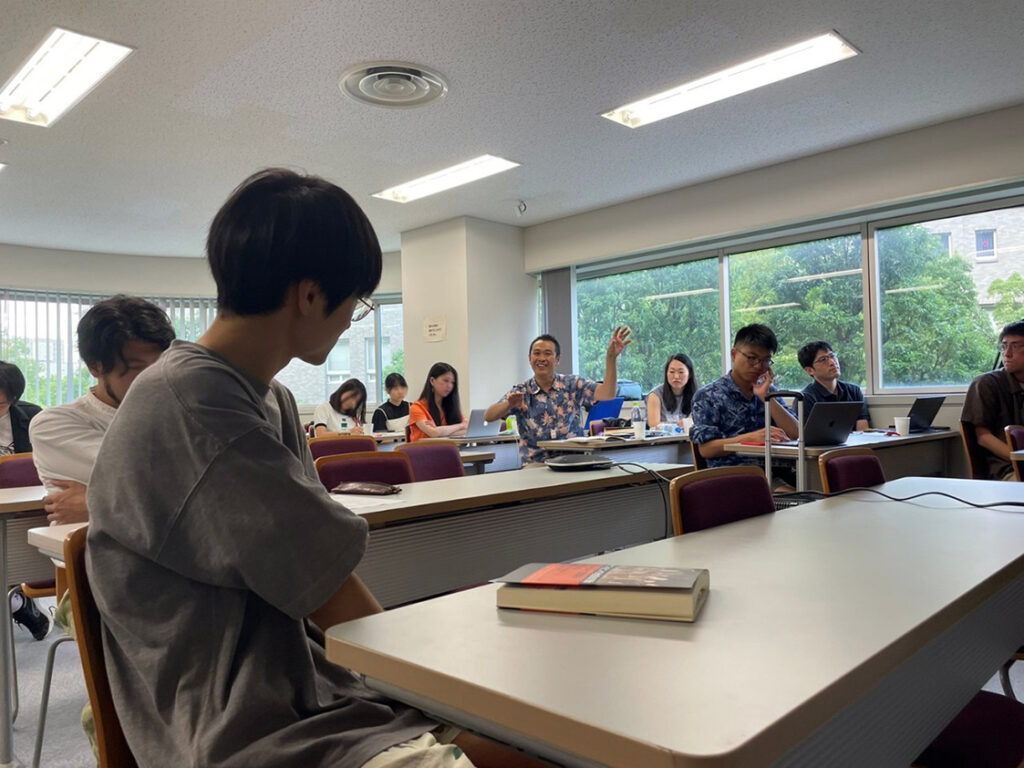
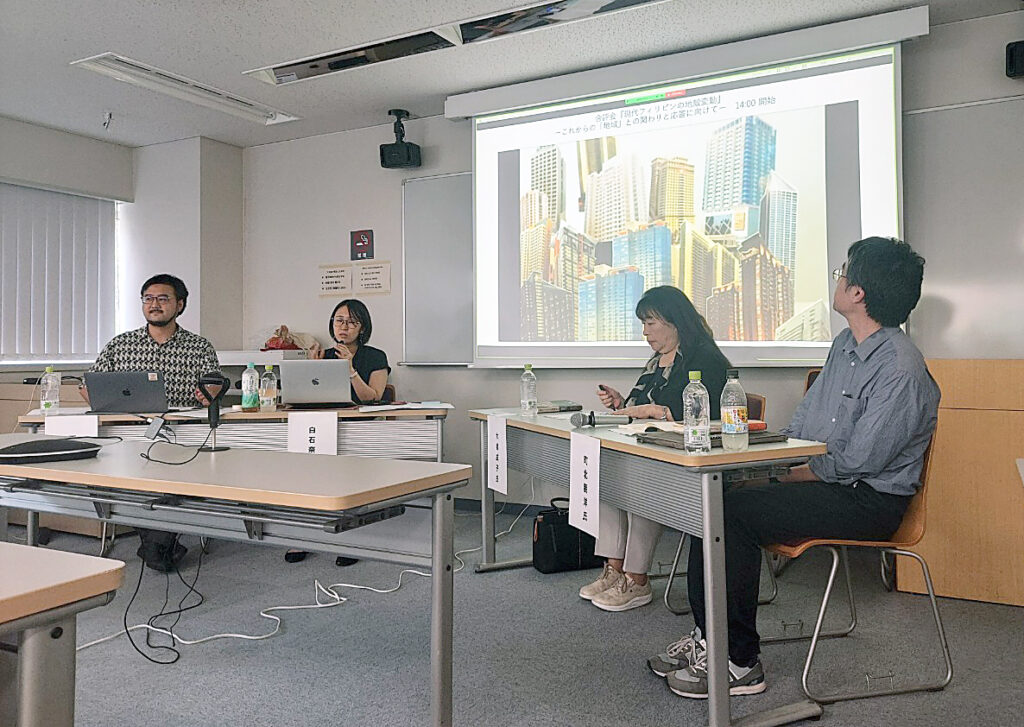
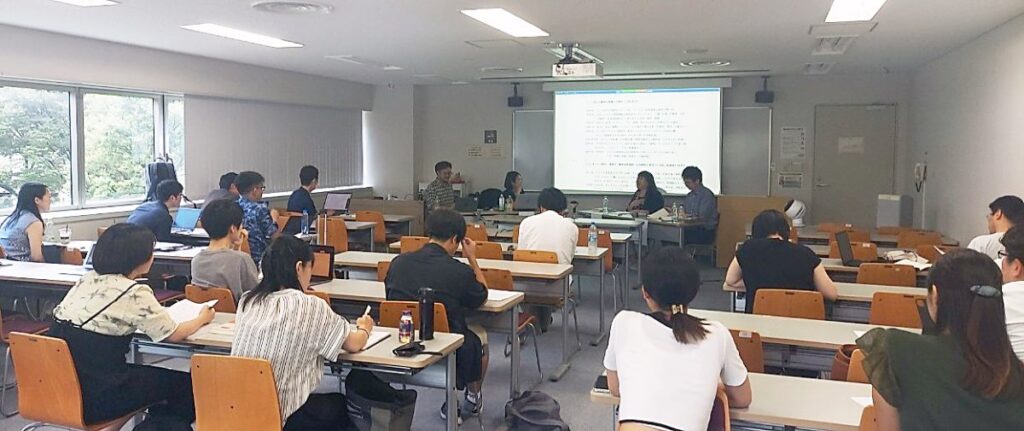
August 8, 2023, at Waseda University
This article is also available in Japanese. »
『現代フィリピンの地殻変動』を振り返って
(西尾善太)



